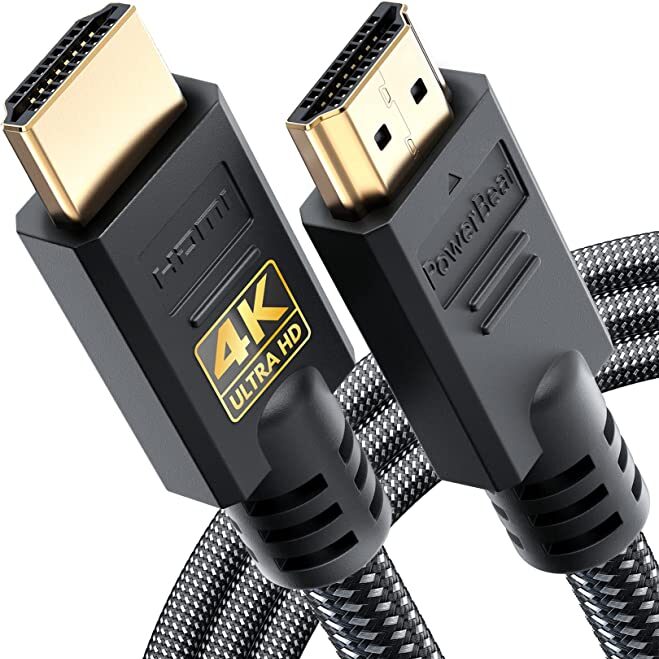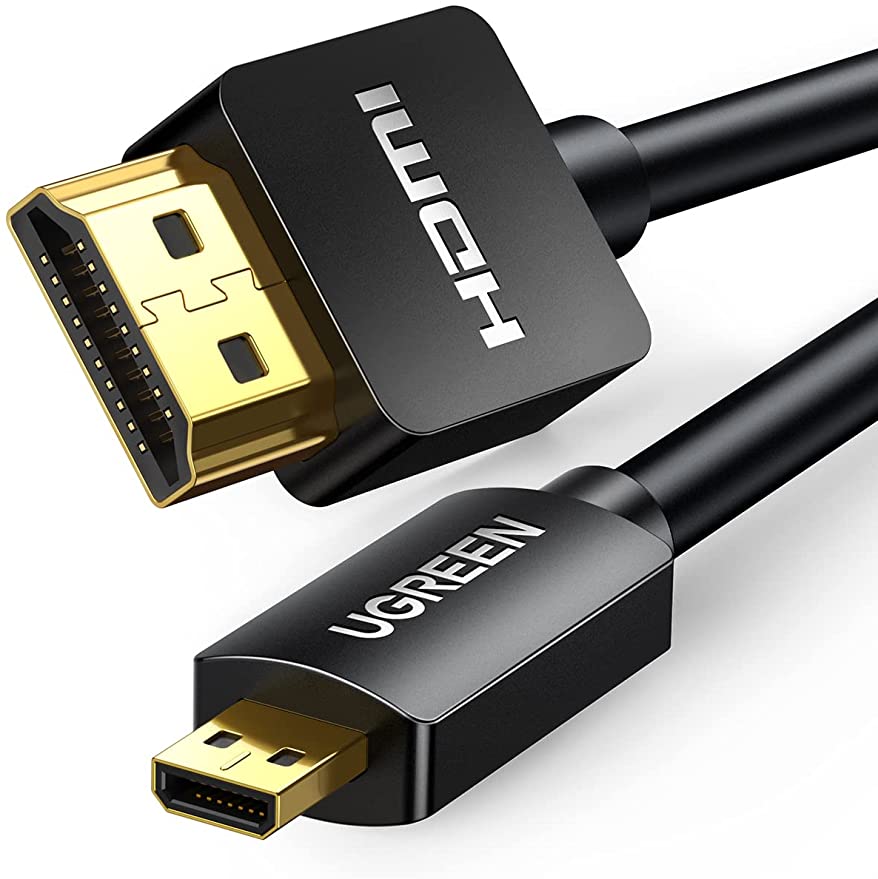What to Know About HDMI?
What is an HDMI?
High-Definition Multimedia Interface (HDMI) is a commonly used HD signal that helps in transferring high-definition videos and audio using one cable. It is used in different sectors, such as the commercial AV sector. Also, it is used at home as a cable for connecting other devices such as DVD player, digital TV, PlayStation, Blu-ray player, Xbox, Apple Tv, and many more the television. You can easily connect your AV devices at home using this simple cable. These days most people are using it on their PC and laptop devices. This makes it easier to transmit high-quality audio and video signals for presentation, education, and from one device to another.
This digital interface is an excellent replacement for analog solutions. This allows you to use one cable that combines both HD audio and video, unlike the analog which needs separate cables. You can quickly use an HDMI lead to connect your output from the HD source, such as Skybox or Blu-ray player, to the input. This input could be a commercial property projector or a Television. Furthermore, you can use an HDMI cable in-home/AV entertainment system if this system has extra control or signal distribution devices such as an HDMI switcher, signal splitter, or AV matrix.
What are the different HDMI cables?
There are different types of HDMI cables that are well-designed to suit your needs in different ways. This includes;
Standard HDMI cable
Standard HDMI cables are well-designed for use during most common operations. They are tested and can transmit between 720p- 1080p. This is why it is called the High Definition (HD) resolution. On the other hand, this cable does not transfer any 4K resolution. It has a bandwidth capacity of up to 5Gbps and is commonly optimized for HDMI versions between 1.0- 1.2a. You can use these cables on screen protectors, satellite television, DVD players, and many other displays.
Standard HDMI Cable with Ethernet
Standard HDMI Cable with Ethernet performs the same tasks as the standard HDMI cable. However, it has an additional dedicated data channel called HDMI Ethernet Channel. This means that the devices you are connecting should have HDMI Ethernet channels for better data transmission. Just like the standard HDMI cables, it does not transmit 4k resolution. Some products support HDMI Ethernet Channel compatibility. This includes some Blu-ray disc players and other home theatre systems.
High-Speed HDMI cable
The high-speed HDMI cables can support resolutions between 1080p- 4k at a speed of 60Hz. This cable type also features some display technologies such as deep and 3D color. They are mostly recommended when a 1080p display needs to be connected to a 1080p source. For example, a Blu-ray disc player or a 4K-enabled video game console.
High-Speed HDMI Cable with Ethernet
These cables have similar features to the High-Speed cables. This includes 1080p-4k resolutions and 3D and deep color display technologies. The High-Speed HDMI Ethernet cable features a data channel called HDMI Ethernet Channel. This shows that the devices you need to link should have HDMI Ethernet channels for convenient data transmission functionality. Some products that support Ethernet over HDMI compatibility include home theatre systems and Blu-ray disc players.
Premium High-Speed HDMI cable and Premium High-Speed HDMI Cable with Ethernet
These cables are well known for their outstanding performance when using ultra-HD or 4K video. They feature a resolution of 60 frames in a second with a High Dynamic Range and extended color spaces such as 4:4:4 chroma spacing.
Ultra High-Speed HDMI cable
These HDMI cables are well known to deliver high bandwidth features that include 4K, 5K, 8K, and 10K resolution at 120Hz. Additionally, it can support a bandwidth of 48gbps. Low electromagnetic interference can easily limit any interferences from any close wireless devices. Also, these cables include the HDMI Ethernet Channel.
What are the features to consider when buying an HDMI?
Each time you need to purchase an HDMI cable, there are some factors that you need to consider before settling on a particular brand and leaving out the other. These factors are as follows.
Connector types
There are three different types of HDMI connectors. This includes standard, micro, and mini connector types. They differ in sizing; however, they operate in the same manner. Standard connectors are found in computer monitors and TVs, mini connectors in camcorders and most tablets, and micro connectors in smartphones and notebook computers.



Required length
There are many cable lengths available such as 0.6, 1.5, and 1.8; therefore, you are available to choose from a variety to choose from. To determine the size, you need to measure the distance of your devices with a string.
Also, if you want longer cables, you need to have an active cable and an amplifier to boost the signal. In addition, you should check connector size, and these types are standard, mini, and micro. Lastly, it would be best to look at whether you want straight or right-angled connectors depending on your device.
Tips when buying an HDMI
There is no significant difference between cheap and expensive HDMI cables. However, before you purchase the cable, you should take note of the tips we have enlisted for you below.
HDMI version
In the current world, the version of HDMI keeps changing. Several versions have emerged, such as 1.0 then to 1.4, and here we are at 2.0, and still, more to come. You should consider the version because every latest version comes with new capabilities. However, acquiring new equipment with the latest version does not mean that it will support every feature as it may become irrelevant; thus, you should check the quality. If you want to conform to the recent technology, then you should consider purchasing the latest version of 2.1 HDMI, but if not, you can still use older cables.
Reliability
As much as there is no significant difference between good and lousy cable, you should consider the quality of its make to stay for long. Buying a cheap cable may come with some issues, but all the same, they will work fine.
Special uses
Each time you need to run an HDMI cable through a wall, you can consider one with either CL2 or CL3 rating. This is because they have a fire-resistant jacket that makes them suitable for low-voltage wall applications. If you find it challenging to run it through the wall, you can opt for a wireless extender to aid in transmitting HDMI signals through Wi-Fi.
READ ALSO:
What is the difference between Frame per Second (FPS) and Refresh Rate
Buyer’s Guide to SSD: things to know when choosing an SSD
Disclaimer: This page contains links that are part of different affiliate programs. If you click and purchase anything through those links, I may earn a small commission at no extra cost to you. Click here for more information.
SUBSCRIBE TO TECHNOBRAX
If you want to receive updates whenever we post new articles or emails regarding discount deals on mice and keyboards, or other electronic devices CLICK HERE to SUBSCRIBE




![How to Turn Off Transparency Effect? [Windows 10]](https://technobrax.com/wp-content/uploads/2022/10/image-11-768x586.png)


